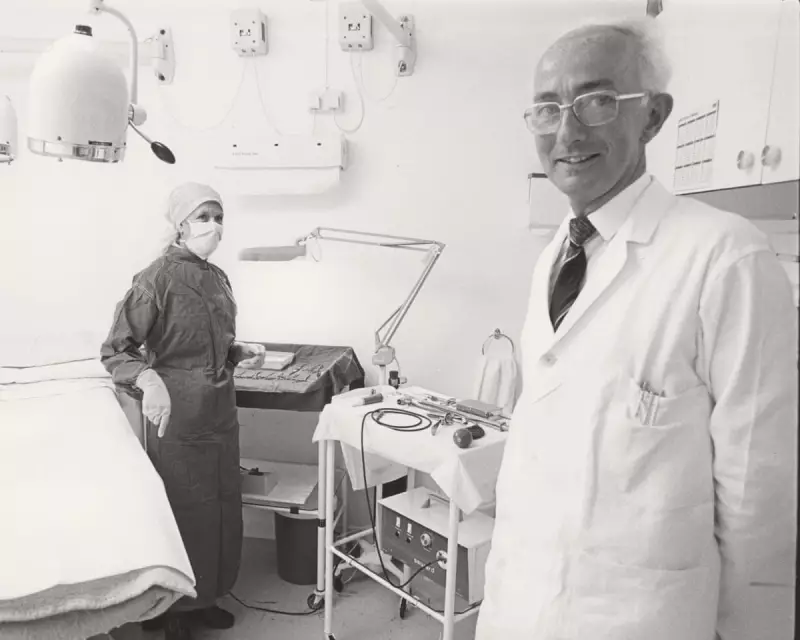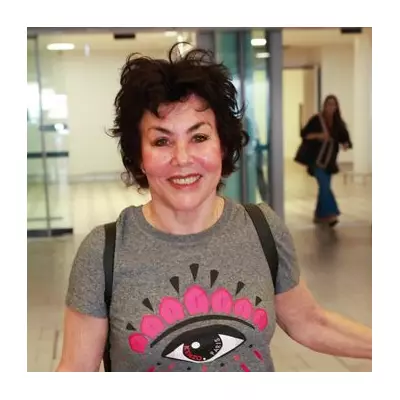
The GP Who Brought Surgery Back to the Local Practice
Dr John Stuart Brown, a Kent general practitioner whose relentless campaigning fundamentally reshaped the role of GPs in the UK, has died at the age of 90. A staunchly practical man, Brown became a powerful catalyst for change, arguing that GPs were perfectly placed to perform minor surgical procedures, saving patients from agonising hospital waits and the NHS significant sums of money.
A Vision for Faster, Cheaper Patient Care
In a landmark 1979 article for the British Medical Journal titled 'Minor operations in general practice', Brown laid out a compelling case. He revealed that by performing an average of four minor operations per week in his own GP surgery, he was saving the local health authority over £15,000 a year. His calculations showed a staggering cost difference: a procedure cost just £5 in his practice, compared to £78.24 in a hospital.
Brown had a surgical background, having worked in various surgical roles at King's College London after graduating in 1959. He found it deeply frustrating to refer patients to overburdened hospitals for procedures he was capable of performing himself. With ingenuity, he procured and repaired cast-off hospital equipment, including an operating table and theatre lights, turning his practice in Larkfield, Kent, into a minor surgery hub.
He performed hundreds of operations annually, focusing on:
- Dermatology procedures like removing warts and suspect cancerous moles.
- Suturing wounds and treating conditions like haemorrhoids.
- Managing varicose veins and carpal tunnel syndrome.
As his colleague, Dr Tim Cantor, later noted, the impact on patient wait times was profound. For carpal tunnel syndrome, a hospital wait could be 18 months or more, risking further nerve damage. 'Whereas in general practice,' Cantor said, 'we could undertake people’s surgeries within two to three weeks.'
From Lobbying to Lasting Policy Change
Brown's BMJ paper ended with a direct plea to the government: for GPs to follow his lead, they needed proper funding. He identified the 'chief disincentive' as financial and proposed a payment of £10 per procedure to cover costs and encourage wider adoption.
His article and subsequent direct lobbying of the then prime minister, Margaret Thatcher, proved pivotal. They were key influences behind the 1987 government white paper, Promoting Better Health, which proposed financial incentives for GPs undertaking minor surgery.
This initiative formed the basis of the 1990 GP contract, which finally paid doctors for specific procedures. The results were immediate and dramatic. In 1991, the number of minor surgical procedures performed by GPs rose by 41%, allaying fears about the standard of care. While it did not drastically cut hospital waiting lists, it met a huge hidden demand, with more people coming forward for treatment.
Brown continued operating throughout his career, estimating he had performed 20,000 procedures by his retirement in 2000. He also trained colleagues, volunteered with St John Ambulance, and authored a series of practical articles for Pulse magazine. These formed the basis of his influential 1986 textbook, Minor Surgery: A Text and Atlas, which remained in print for nearly four decades. His contributions were recognised with an MBE in 1997.
Born in Bradford in 1935, Brown was a man of diverse talents, building a crystal radio set at age 11. He is survived by his wife Anne, whom he met while working at a children's hospital in Brighton, their three children, six grandchildren, and his brother Ian.





